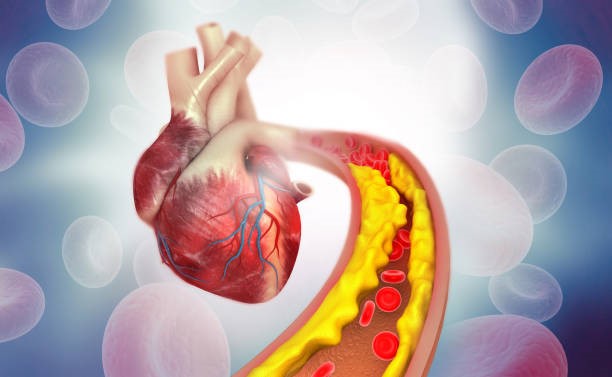Source:The JAMA Network Journals
Summary:
Among patients with intermittent claudication, those who had revascularization had significantly improved walking function, better health-related quality of life, and fewer symptoms of claudication at 12 months compared with those who had medical management (walking program, smoking cessation counseling, and medications), according to a study.
FULL STORY
Among patients with intermittent claudication, those who had revascularization had significantly improved walking function, better health-related quality of life, and fewer symptoms of claudication at 12 months compared with those who had medical management (walking program, smoking cessation counseling, and medications), according to a study published online by JAMA Surgery.
Atherosclerotic peripheral arterial disease (PAD) affects 8 million Americans. Intermittent claudication (IC), a symptom of PAD, manifests as pain in the calf or foot with walking and is present in more than 8 million people worldwide. Both medical and revascularization interventions for IC aim to increase walking comfort and distance, but there is inconclusive evidence of the comparative benefit of revascularization given the possible risk of limb loss.
Emily B. Devine, Ph.D., Pharm.D., M.B.A., of the University of Washington, Seattle, and colleagues compared the effectiveness of a medical (walking program, smoking cessation counseling, and medications) vs revascularization (endovascular or surgical) intervention for IC, focusing on outcomes of greatest importance to patients. The study was conducted at 15 clinics associated with 11 hospitals in Washington State. Participants were 21 years or older with newly diagnosed or established IC.
A total of 323 adults were enrolled, with 282 (87 percent) in the medical cohort. At study entry, the average duration of disease was longer for participants in the medical cohort, while those in the revascularization cohort reported more severe disease. At 12 months, change in scores of various measures in the medical cohort reached significance for the following 3 outcomes: speed, Vascular Quality of Life Questionnaire (VascuQol; measures the effect of PAD across 5 domains), and European Quality of Life-5 Dimension Questionnaire (EQ-50; assessment that quantifies overall health). In the revascularization cohort, there were significant improvements in the following 7 outcomes: distance, speed, stair climb, pain, VascuQol, EQ-50, and Claudication Symptom Instrument (CSI; assesses claudication symptoms in the leg or foot).
Relative improvements (percentage changes) at 12 months in the revascularization cohort over the medical cohort were observed as follows: distance (39 percent), speed (16 percent), stair climb (10 percent), pain (117 percent),VascuQol (41 percent), EQ-50 (18 percent), and CSI (14 percent).
“This comparative effectiveness research study of interventions for IC demonstrated significantly higher function, better HRQoL, and fewer symptoms for those in the revascularization cohort compared with the medical cohort. These results suggest that revascularization interventions for patients with moderate to severe IC represent a reasonable alternative to medical management, providing important information to inform treatment strategies in the community,” the authors write.
Story Source:
Note: Content may be edited for style and length.
Content taken from: https://www.sciencedaily.com/
Journal Reference:
- David R. Flum, MD, MPH et al. Effectiveness of a Medical vs Revascularization Intervention for Intermittent Leg Claudication Based on Patient-Reported Outcomes. JAMA Surgery, August 2016 DOI: 1001/jamasurg.2016.2024

